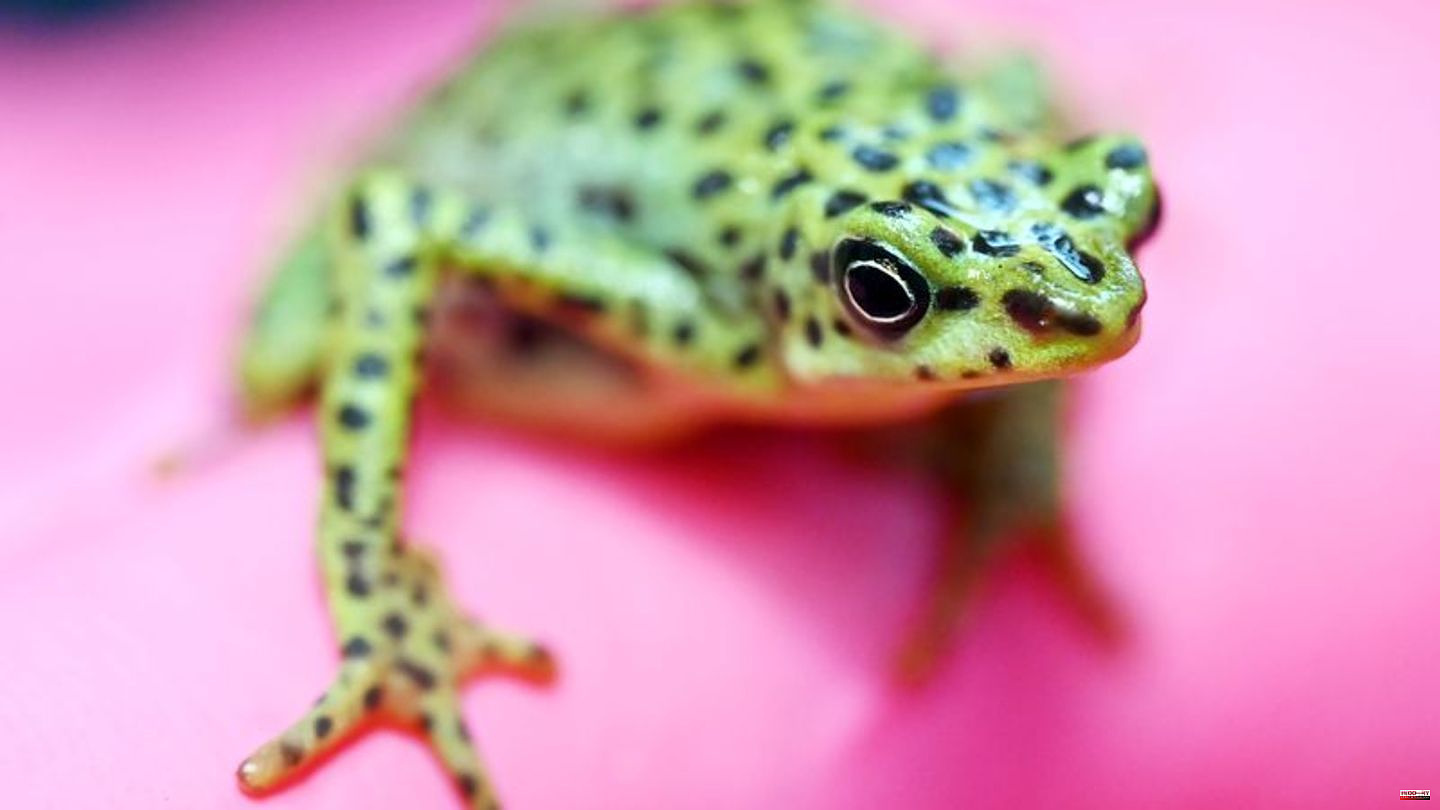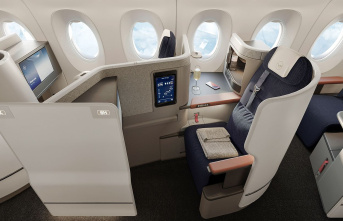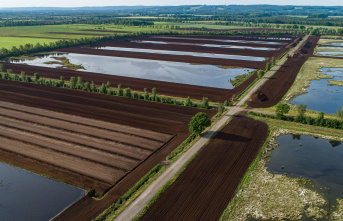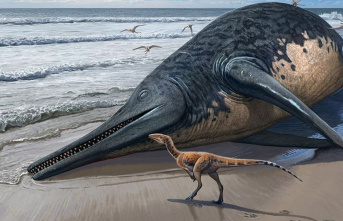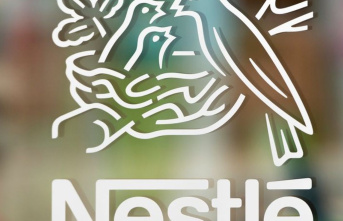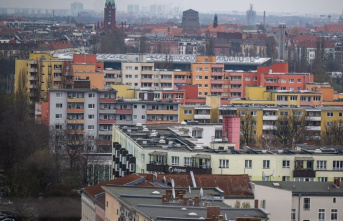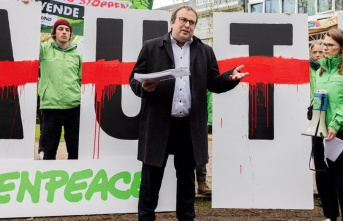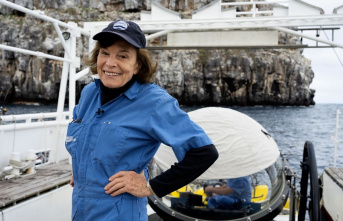From the point of view of the Association of Zoological Gardens (VdZ), zoos need support and social acceptance for their commitment to species protection. This applies to animal husbandry, for example. "In the VdZ and in Germany we have the highest standards in the world when it comes to zoo animal husbandry," said Association President Jörg Junhold on the fringes of the VdZ annual conference in Karlsruhe. The training of the veterinarians and nurses is first class.
"And we are checked by you every day," he said, referring to the approximately 42 million zoo visits a year, which almost corresponds to the pre-corona level. "No animal husbandry is so public."
For example, acceptance also means that zoos slaughter animals that cannot be accommodated anywhere and feed them to predators. The head of the Karlsruhe zoo, Matthias Reinschmidt, gave bison from his own breeding as an example. "That's organic meat. We know for sure that they're fine."
Such measures, but also keeping large animals in particular in enclosures and cages, are controversial. In principle, any wild animal can be kept in the zoo, replied Junhold, who is also the director of the Leipzig Zoo. You just have to make the necessary effort - and that is greater with a polar bear than with an antelope.
Zoos: aim for healthy and stable populations
Rio Pescado stub foot toads only moved to the exotic house in Karlsruhe on Wednesday. The animals, which are only three to four centimeters in size and only found in southwestern Ecuador, can be seen in no other zoo in Europe, it said. There they were even considered extinct before 2010, until specimens were discovered again. Today they are on the list of the 100 most endangered species in the world. "We cannot save all species in zoos," said Reinschmidt. "But give examples."
It is also the task of the zoo to communicate these topics, to send a message - and not just to show cute baby animals, said Junhold. It is about the fact that the biological diversity on the planet is endangered. The aim of the zoos are healthy and stable populations. To this end, the 71 VdZ members from Germany, Austria, Switzerland and Spain worked together in global networks with partners such as the nature conservation organizations WWF and Nabu.
According to the VdZ, they invest almost eight million euros a year in 170 nature and species protection projects in more than 60 countries. In addition, there would be state funds and donations, such as the so-called species protection euro, which you can pay at some zoos when you enter.

